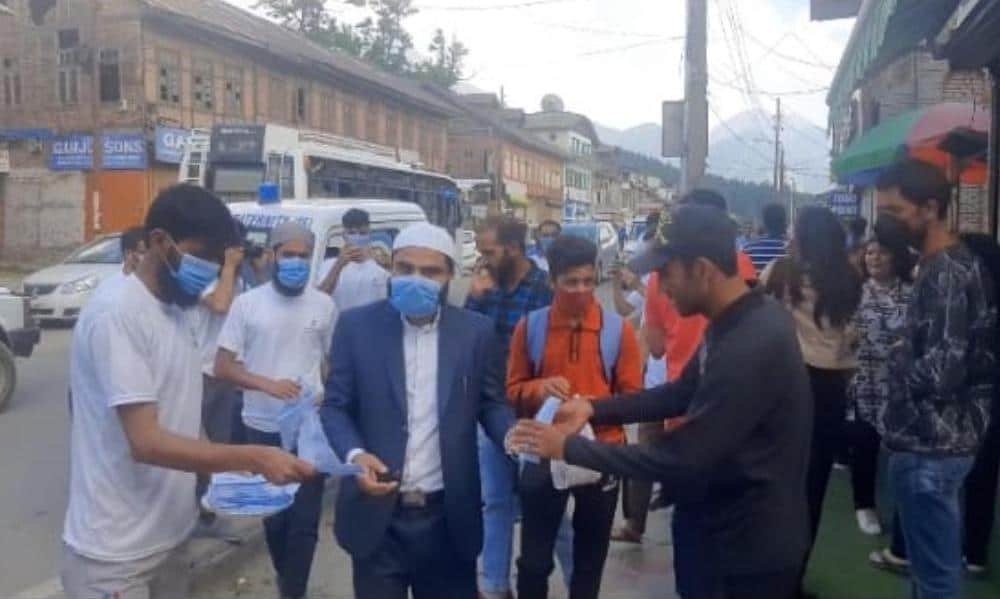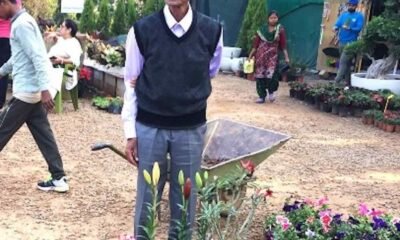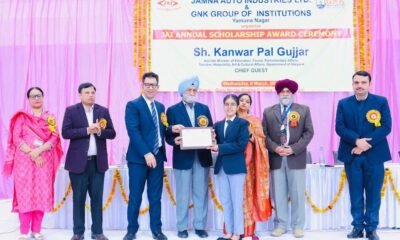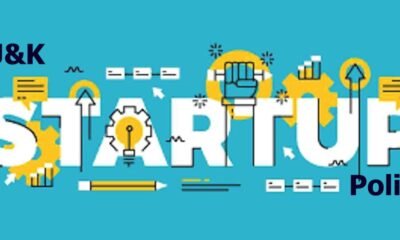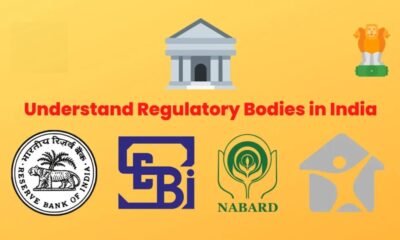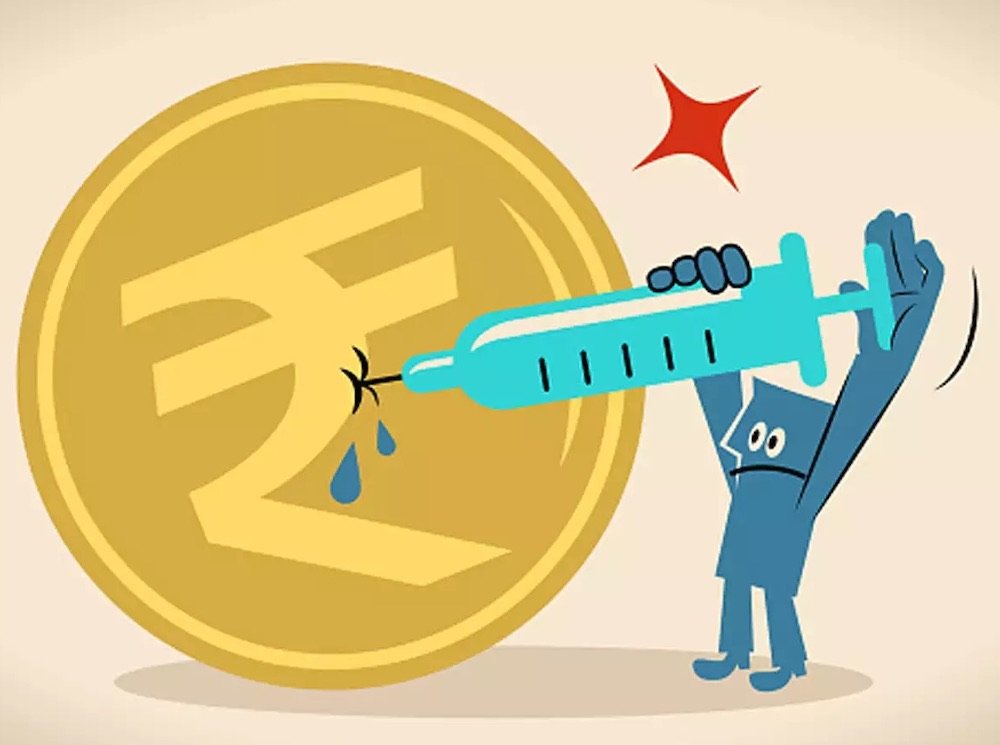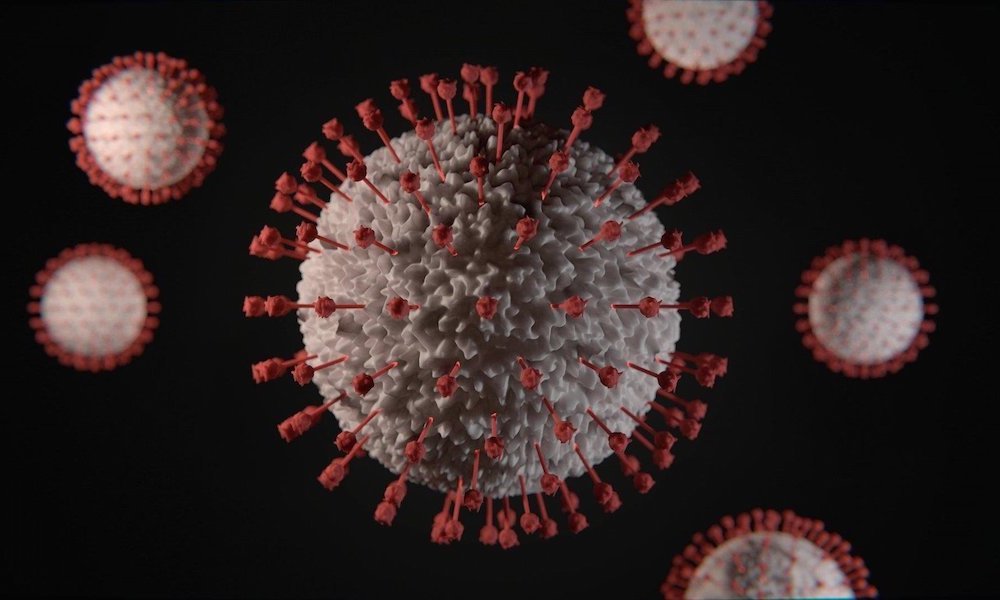Dr Binish Qadri
The overpopulated and underdeveloped economies are characterised by the vicious circle of poverty having very low per capita income. It has been argued in the Critical Minimum Thesis of Harvey Leibenstein that underdeveloped economies are underdeveloped because there is a bad interface between the two forces of development viz shocks and stimulants. Since shocks are more intense in underdeveloped economies than stimulants, these economies are caught under a vicious circle of poverty. We must realize the fact that our health shocks are more than our health stimulants and, therefore, we are not in a position to come out of COVID19. What is required in this pandemic is that the economy should receive a stimulus to growth that is more necessary than a certain critical minimum size. To reduce the magnitude of health shocks and increase the magnitude of health stimulants all those forces which reduce the level of output, income, employment and investment etc. need to be suppressed and all those forces which increase the level of output, income, employment and investment etc. are to be boosted.
Shocks dampen the forces of development while stimulants boost the forces of development. Similarly, health shocks dampen the forces of health development parameters while health stimulants boost the forces of health development parameters. Health stimulants have the capacity to raise health levels in general and per capita income levels in particular above the equilibrium level. In backward and undeveloped countries as the magnitude of stimulants is quite small we can’t imagine long-run economic development. This further discourages the magnitude of health stimulants. Therefore, the efforts to evade economic backwardness (health in particular), impulsive or compulsory, are below the critical minimum effort needed for persistent growth that is all-inclusive. Even in our health departments, the efforts to do away with health disparities and COVID19 are very below the critical minimum effort needed for persistent holistic sustained health development.
According to Leibenstein, the attitudes and motivation of the people and the incentives given to them have a great bearing on the generation of stimulants. Nonetheless, the motivation and incentives have no worth without the key factors of economic development. The main factors that promote economic development are the inventors, the entrepreneurs, the discoverers, the innovators, those who have the capacity to accumulate and utilize wealth, and those who can accumulate skills and spread knowledge. COVID19 has depressed the masses to a great extent and reduced the motivation of the people to improve their immunity. Health authorities must give enough incentives to combat the detrimental impact of this virus, increase immunity, and generate health stimulants. No doubt the activities of health authorities and Frontline Health Workers are unending, but they must lay great thrust upon those activities which are in a position to generate health stimulants and promote economic development. COVID19 demands continuous efforts of various social, economic, and health agencies necessary for economic development. We need efficient human capital to produce other efficient human capital (particularly nurses, teachers, doctors, engineers). That is to say that we need a critical minimum amount of investment in human capital to produce more efficient human capital out of human resources. But, it necessitates an extraordinary type of human response towards motivations, attitudes, and incentives, which are created by a sound social and economic environment.
The author is an Assistant Professor at the Department of Economics, University of Kashmir. You can reach her at qadribinish@gmail.com

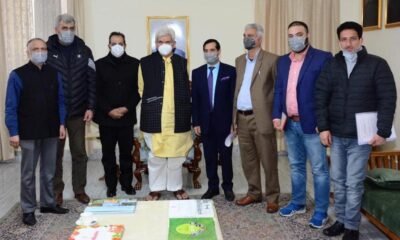

 Industry4 years ago
Industry4 years ago


 Economy2 years ago
Economy2 years ago
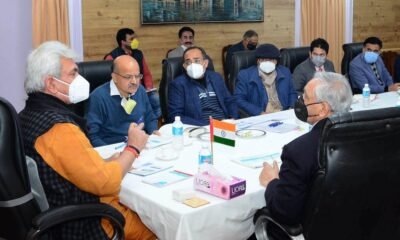

 Energy4 years ago
Energy4 years ago


 Infra4 years ago
Infra4 years ago
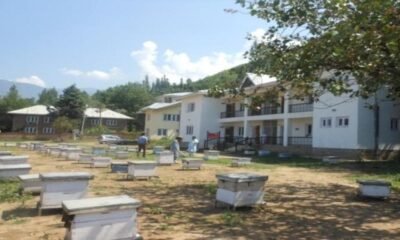

 AgriBiz4 years ago
AgriBiz4 years ago
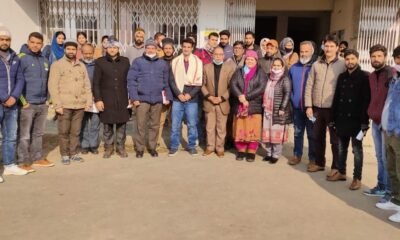

 Careers4 years ago
Careers4 years ago
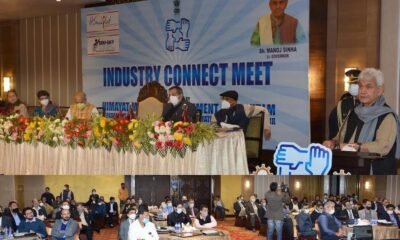

 Jobs4 years ago
Jobs4 years ago
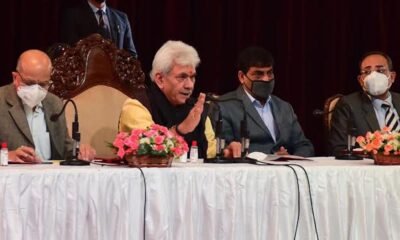

 Economy4 years ago
Economy4 years ago
